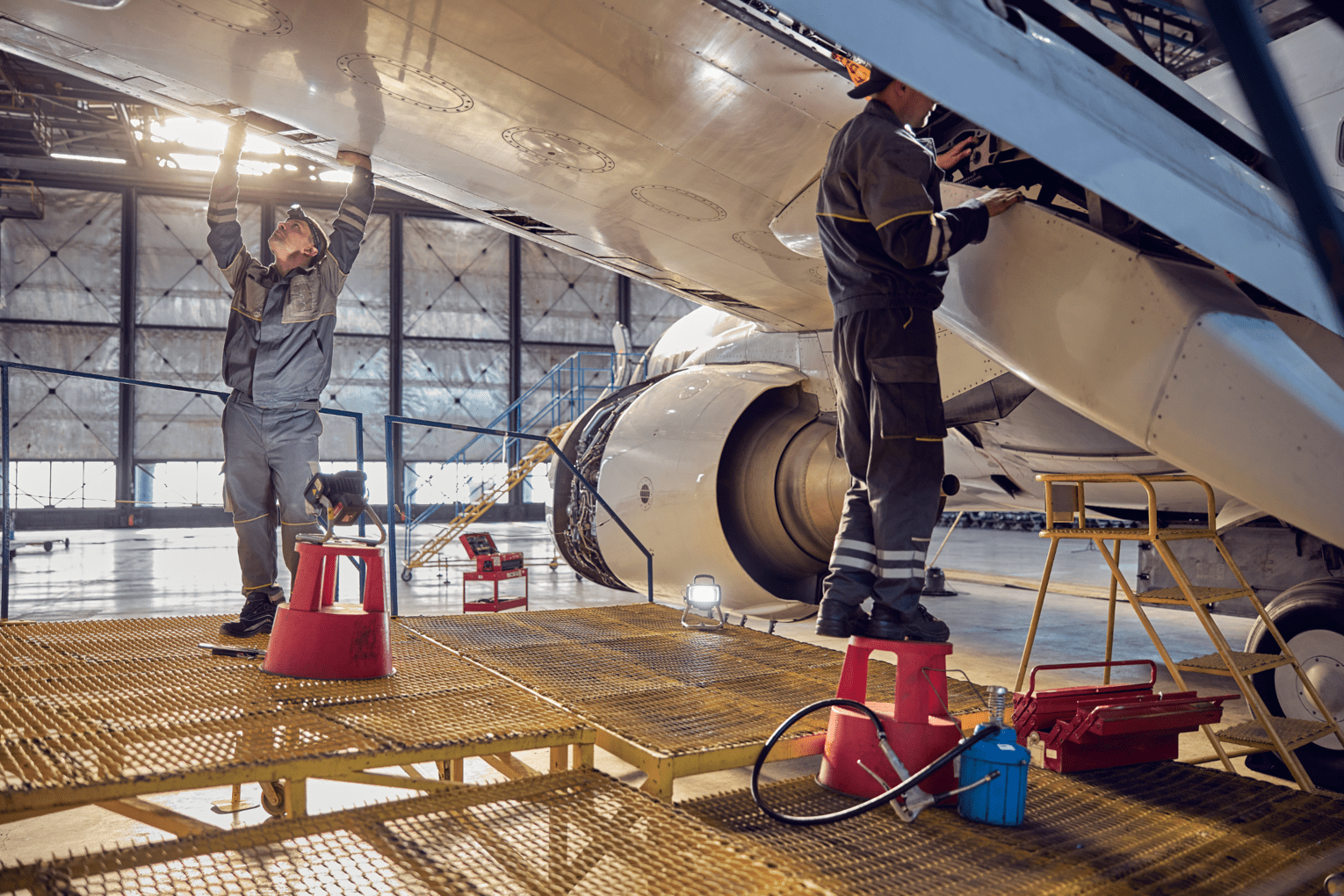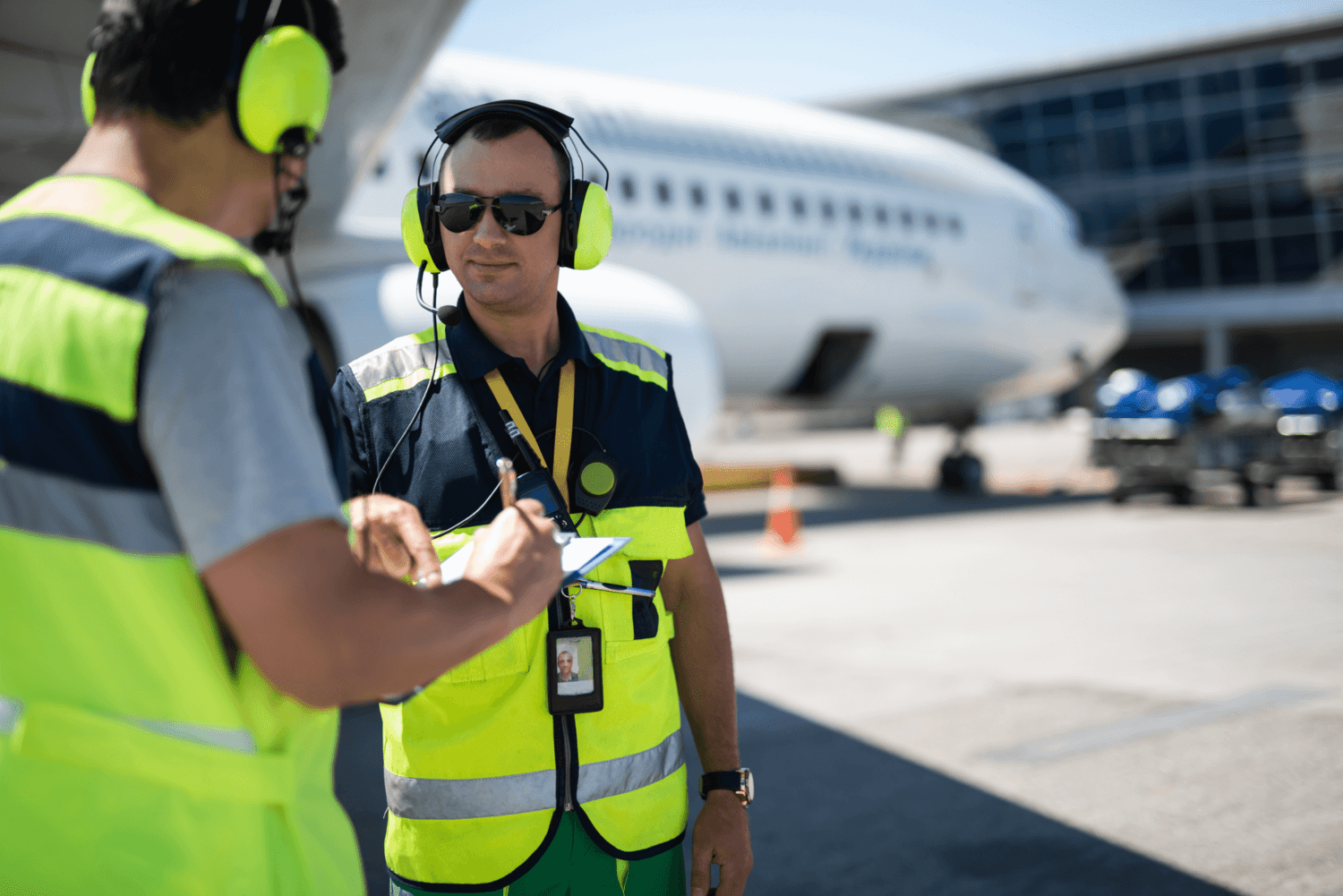
Release date : 2020-09-09
Surplus parts: MROs’ knight’s move in the aftermarket battle?
Many OEMs have been forced to reduce their forecast for new spare parts sales at least once or twice during the last year due to lower than expected shop visits. In 2014, as the period of airlines destocking spares and differing maintenance services has been gradually drawing to a close, the demand for spares and repairs is expected to increase, with the predicted aftermarket revenue rate of 9%. However, the experts believe the performance of the OEMs in the aftermarket might not improve significantly, pointing at the steady growth of the unused surplus material market as the actual source of their underperformance.
The surplus parts market is booming. In 2001, the aviation serviceable parts market was worth about $11 billion, with just 10%, or $1.1 billion, claimed by surplus parts, according to SH&E data. Today, surplus parts account for about 18% of a $15 billion market, and the share could climb to 20% by 2015. The biggest share of surplus parts, 65%, is in engines, since engine MRO makes up about 40% of the global MRO market. More than 90% of material for older engines such as the General Electric CF6-80C2, the CFM International CFM56-3B and the Pratt & Whitney JT8D falls into this category, with new narrowbody engines beginning to see more of this material available as well. Components – which at 21% of the global MRO market rank second to engines in total spend -account for 30% of the surplus business.
“Many different factors are driving demand for this material. Prime among these is increasing availability of feedstock for teardown, buoyed by retirements of popular modern aircraft types and increasing cost-effectiveness of part harvesting processes. In 2007, half of the surplus parts came directly from airlines or brokers, while the other half were harvested directly from aircraft. Now, as the useful life of various aircraft models continues to get shorter, the share of surplus parts being sourced directly from part-outs is about 82%. Moreover, the increase in surplus parts availability is altering strategies for both airlines and maintenance providers, giving them more options than simply going to the OEM,” comments Zilvinas Sadauskas, the CEO of Locatory.com
When surplus material isn’t readily available, many operators are forced to purchase new parts
The recent survey conducted by Oliver Wyman found a vast majority of airlines (84%) adopting an“active serviceable materials strategy” since OEM emergence. MROs have responded effectively to this growth in demand, with almost 80% reporting an “active” or “comprehensive” program and 60% reporting a rise in usage during the past three years. As a result, surplus parts’ prevalence appears to be affecting OEM spares pricing strategies. The Canaccord survey found that new spare parts prices were about 3% higher last quarter than the same period a year ago. While this is in line with historical averages, there is evidence that some OEMs are throttling back due to unused surplus parts’ pricing pressure.
“When surplus material isn’t readily available, many operators are forced to purchase new parts. However, the latter are 30-50% more expensive, not mentioning the fact that that can have long lead-times and import delays, which is unaffordable in case of an AOG. Meantime, currently there is an excess of surplus materials in the market, and the MROs are still in the process of figuring out the best ways to utilize it. Most of this surplus comes from the consumables, which are acquired by the MROs for C-checks in large quantities. However, the providers actually use 50-80% of these parts, and the rest of them remain in their storages. If independent MROs will manage to hone and expand these capabilities, they may yet successfully stem OEM momentum and defend their remaining market,” concludes the CEO of Locatory.com


